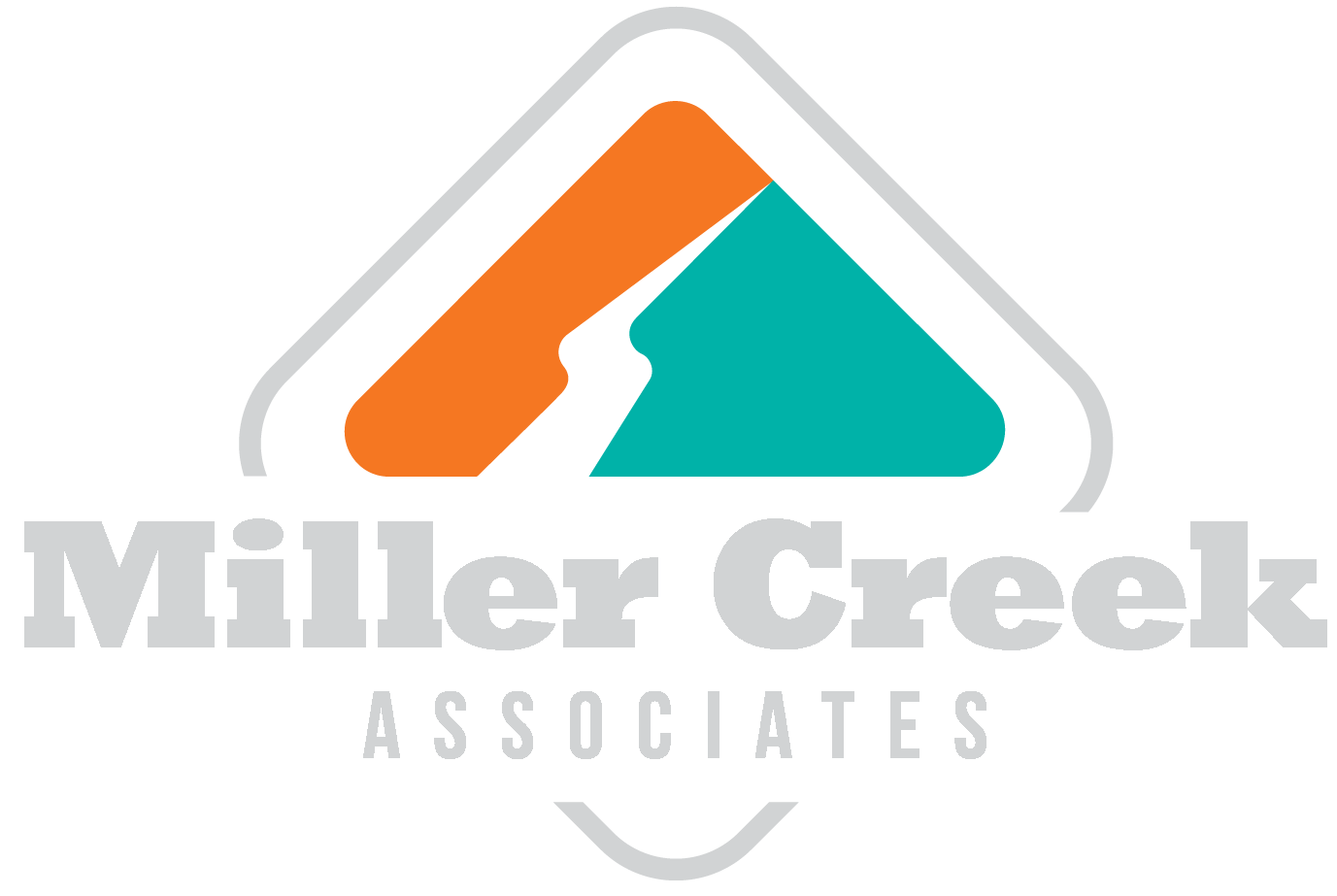orthorectification
Prior to orthorectification, aerial images contain several types of horizontal distortion. Radial distortion from lens sensor tilt, and variation in terrain are main causes. Both result in inconsistent scale across the raw image. Orthorectification is a photogrammetric process using the camera/sensor model, sensor orientation and topographic information to warp the image into predictable spatial accuracy. After orthorectification the image can be used to derive accurate horizontal measurements, and can be used as a base layer for display with other geospatial data.
A common misconception is that orthorectification takes place prior to planimetric feature extraction and topographic mapping. Because topographic information is needed for the process however, orthorectification typically occurs as the last major step of a photogrammetric mapping project.
Most ortho processes rectify the aerial imagery to the ground. Buildings and elevated structures are not usually rectified. As a result, such structures not in the center of the raw image will appear to lean away from the center of the image.
This effect can be managed one of two ways. The first is through careful flight planning and the increasing of overlaps between images and flight lines. This technique results in a greater portion of a project area appearing in the nadir "sweet spot" of an image, minimizing lean. The second method, known as "true ortho" involves the collection of 3D information on the tops of buildings and structures. This enables these features to be moved into their correct horizontal positions.
